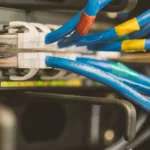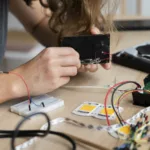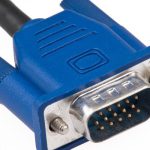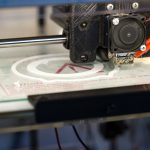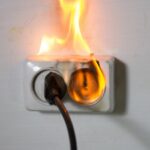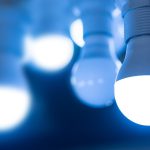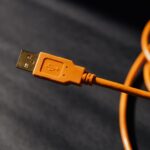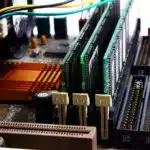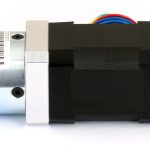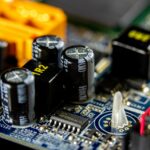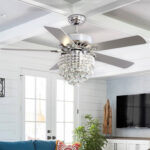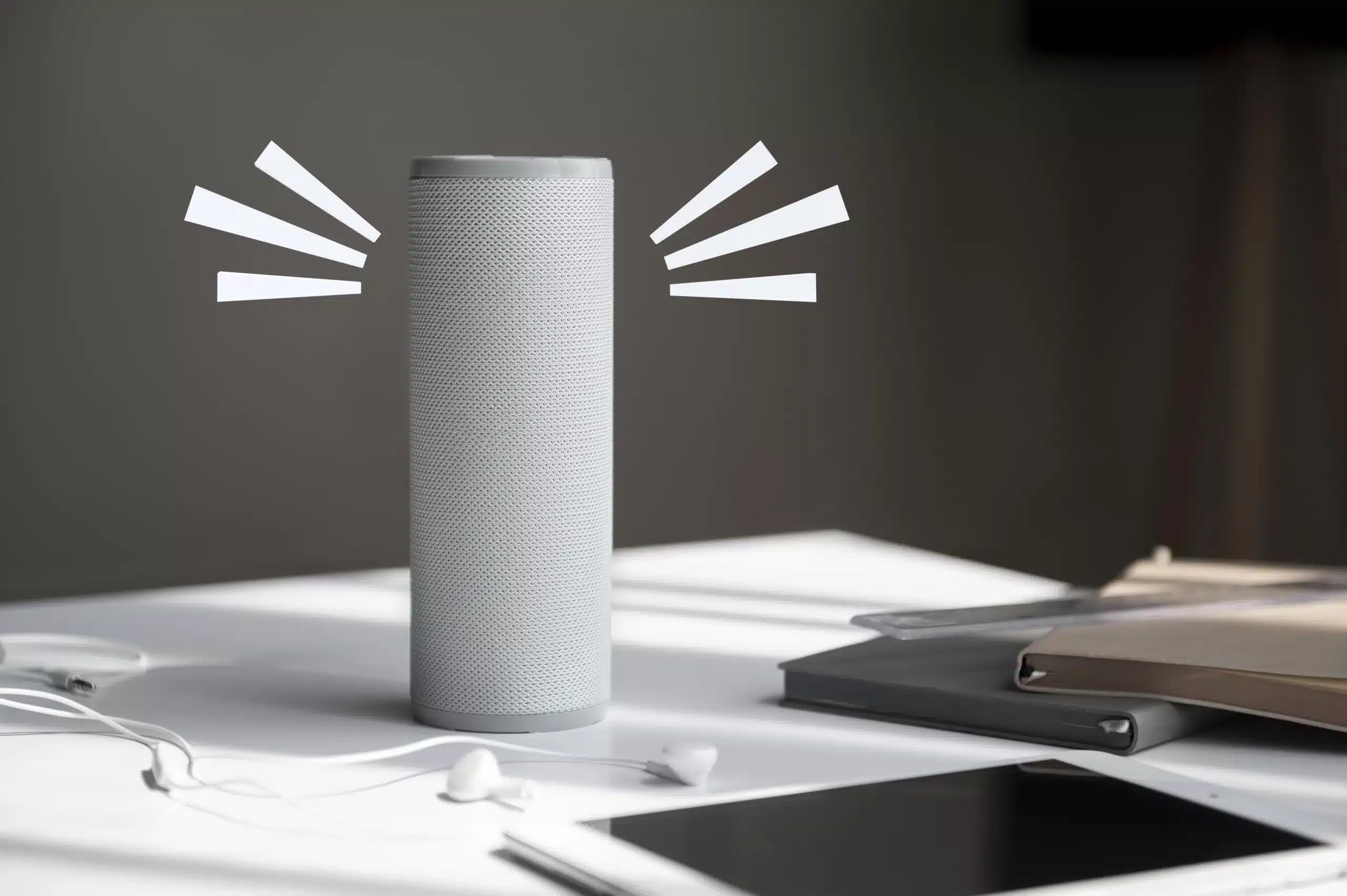
Introduction
In the world of audio technology and playback, one of the most persistent challenges is the mitigation of noise–significantly affecting the quality of your audio output. Fortunately, some secret tips and techniques can help you mitigate noise in your audio devices, including speakers, headphones, earphones, and microphones, among others. This article uncovers the secret tips and well-guarded procedures for mitigating noise in audio devices, ensuring you can enjoy crystal-clear, professional, and pristine sound quality and elevate your audio production to new heights.
Understanding Noise in Audio Devices: Exploring the Impacts
Noise–in audio devices, refers to any unwanted, random, or undesired sound that is not part of the desired audio signal and interferes with the intended audio signal quality. This interference can manifest as background hiss, hum, clicks, pops, or other disturbances that detract from the audio experience. Noise in bespoke analog devices can have a detrimental impact, leading to reduced fidelity, distortion, and interference. Therefore, implementing practical strategies to minimise noise is essential for achieving high-quality audio recordings and playback.
Exploring the Means of Noise in Audio Devices
Before delving into the vital tips for reduced noise reduction in audio devices, it is paramount to comprehend the different means of generating noise in bespoke devices. Noise in audio devices is of different types that can manifest through various means, affecting the overall sound quality. The following are the common noise types that generate from different components in different forms:
One common source of noise is thermal noise–arising from the random motion of electrons within electronic components, such as resistors.
Mechanical noise arising from moving parts, like fans or disk drives, can also impact audio devices, causing unwanted vibrations and audible interference.
Furthermore, environmental factors like electromagnetic interference (EMI) and radio-frequency interference (RFI) can introduce noise into audio signals, particularly in unshielded setups. Other noise types include electronic noise, quantisation noise, crosstalk, ground loop noise, digital artefacts, and background noise.
Crucial Procedures for Noise Reduction in Audio Devices
Minimising noise in audio devices involves good engineering practices and techniques. Some of the notable tips and strategies include:
Using High-Quality Cables and Connections
Achieving professional sound quality in audio devices requires using high-quality cables and connections. Low-quality cables and connectors are more susceptible to interference and signal degradation. Opt for shielded cables, which help prevent EMI and RFI. Additionally, ensure all connections are clean and secure to minimise signal loss and noise.
Proper Grounding and Isolation
Proper grounding and isolation are crucial for noise reduction. Ground loops–occurring when there are multiple ground paths, can introduce hum and interference. Use ground loop isolators to break these loops and eliminate unwanted noise. Additionally, verify that all audio equipment is grounded correctly to prevent electrical noise.
Integrating Noise Filters and Suppressors
Noise filters and suppressors can effectively remove or reduce common types of noise, such as power line interference or electromagnetic interference. Incorporating filters and suppressors into an audio setup is critical to target specific noise sources.
Acoustic Treatment
In recording studios and listening environments, acoustic treatment is significant in noise mitigation. Installing acoustic panels, bass traps, and diffusers can help absorb or diffuse sound reflections, reducing reverberation and ambient noise. Proper room acoustics can also significantly improve the clarity and fidelity of audio recordings and playback.
Using Noise Reduction Software
In post-production and digital audio processing, noise reduction software can be a valuable tool that uses advanced algorithms to analyse and remove unwanted noise from audio recordings. They are beneficial for cleaning up noisy recordings or restoring old audio tracks.
Proper Gain Staging
Maintaining proper gain staging throughout your audio signal chain can void overdriving inputs or amplifiers, as this can introduce distortion and noise. Set appropriate levels at each stage of your audio setup to ensure a clean and noise-free signal path.
Regular Equipment Maintenance
Regular maintenance of your audio equipment is often overlooked but essential for noise prevention. Dust and debris can accumulate inside devices, causing noise and performance issues. Clean and inspect your equipment regularly to ensure it operates at its best.
Use of Balanced Connections
Balanced connections, such as XLR and TRS, are preferred over unbalanced connections like RCA for noise reduction. Balanced cables have three conductors, which help cancel out interference and reduce noise. Whenever possible, use balanced connections to maintain audio quality.
Proper Cable Management
Effective cable management keeps your setup tidy and helps prevent noise. Avoid running audio cables parallel to power cables, as this can lead to interference. Keep cables organised and separated to minimise the risk of electromagnetic interference.
Education and Training
Lastly, understanding the principles of audio engineering and noise mitigation is essential. Invest time in learning about the intricacies of audio technology, signal flow, and noise sources. Proper education and training facilitate you to identify and address noise issues effectively.
Final Remarks
Noise can disrupt your recordings, degrade your listening experience, and leave you frustrated. However, implementing the procedures and techniques mentioned above can significantly reduce unwanted noise and let you enjoy a cleaner, more immersive audio experience. Put these secret tips into practice and enjoy the pure and pristine audio you deserve.







